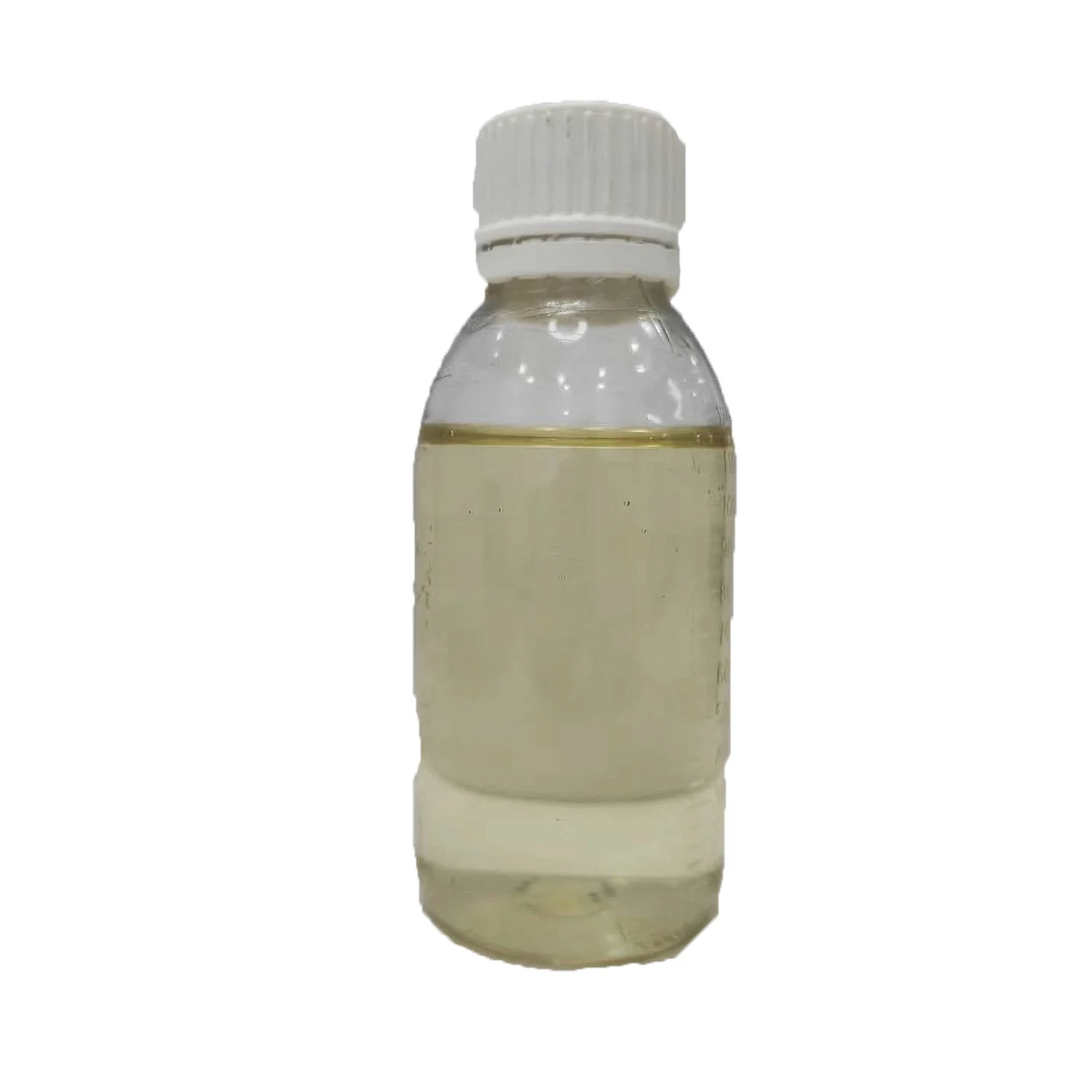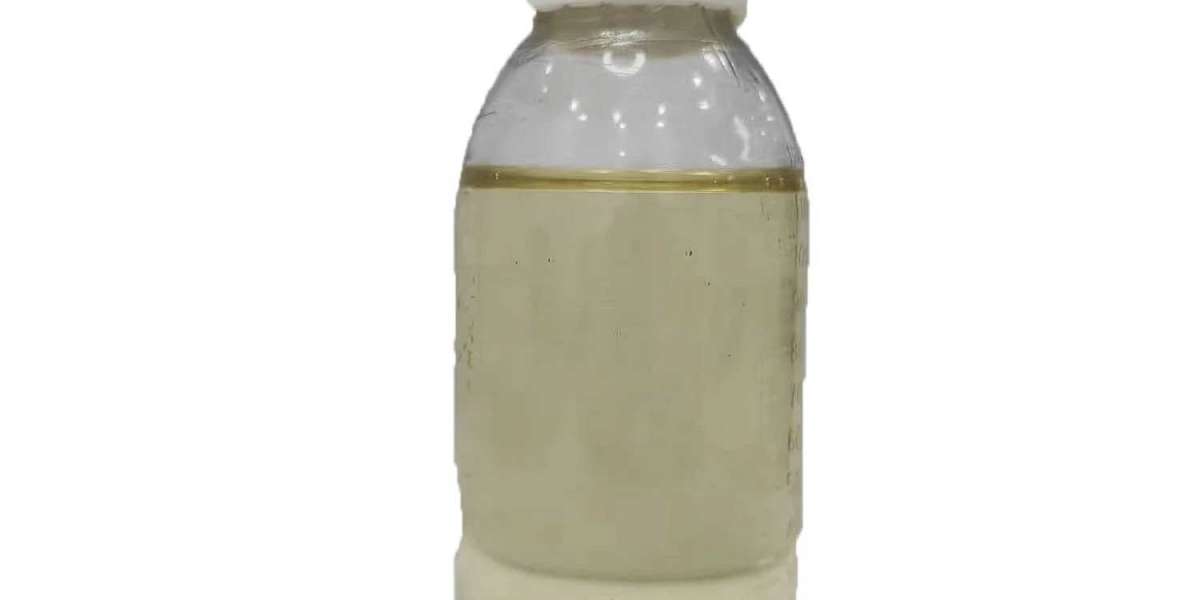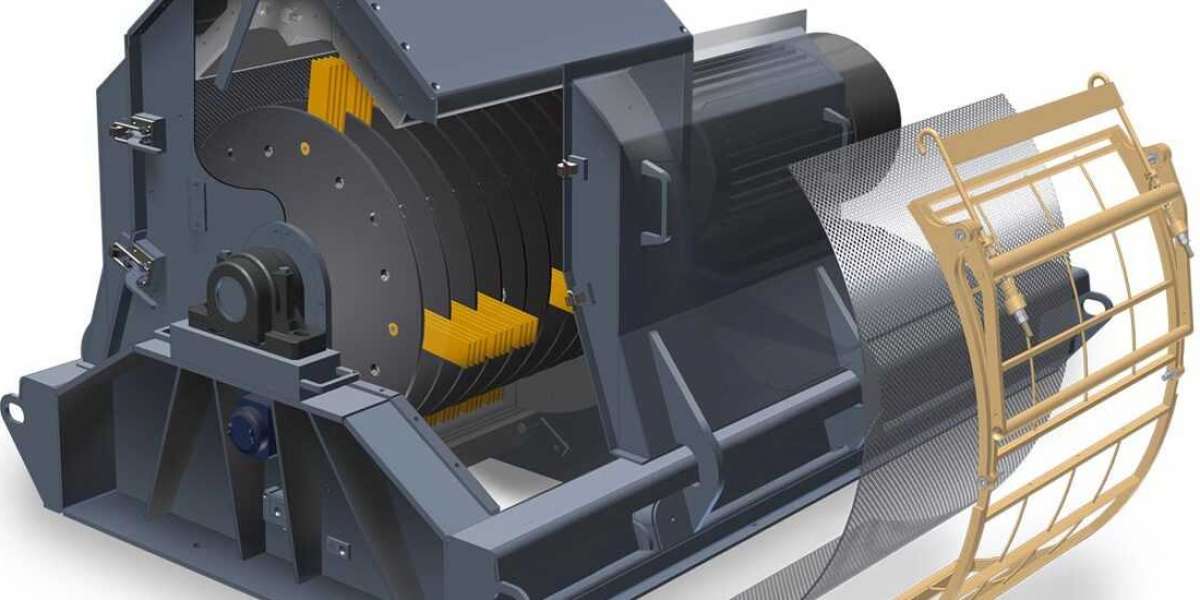Drilling fluid additives are a class of chemicals used to improve drilling fluid performance and increase drilling efficiency. They play a vital role in the drilling process and can be used to control well wall stability, reduce friction, clean the bottom of the well, control wellbore quality, etc. This article will introduce the types of drilling fluid additives and their applications in the drilling process.
Types of drilling fluid additives:
1. Fluid loss agent: Fluid loss agent is usually a high molecular polymer with high adsorption and adhesion. When fluid loss reducer is added to drilling fluid, it will form a thin film on the well wall, filling the pores in the well wall and reducing the penetration of drilling fluid. This can effectively control the fluid loss phenomenon, improve the stability of the well wall, and reduce the risk of formation rupture and wellbore collapse. The selection of fluid loss reducer should be based on factors such as formation type, well wall stability requirements and drilling fluid performance. Common fluid loss agents include hydroxyethyl cellulose (HEC), polymer drilling fluid (PAC), etc. They have good adsorption and adhesion properties, which can effectively reduce the filter loss of drilling fluid and improve the sealing performance of drilling fluid.
2. Drilling fluid inhibitor: Drilling fluid inhibitor is a chemical additive used to control the dissolution and expansion of well wall rocks. During the drilling process, the wellbore rock may react with components in the drilling fluid, causing the rock to dissolve, expand or break, thereby affecting the stability of the wellbore and the safety of drilling. The function of drilling fluid inhibitors is to maintain the stability of the well wall by chemically reacting with the well wall rock or forming a protective film layer to prevent the dissolution and expansion of the rock. Common drilling fluid inhibitors include calcium salts, sodium salts, silicates, etc. They can react with soluble components in the well wall rock to form insoluble precipitates, thereby reducing rock dissolution. In addition, drilling fluid inhibitors can also form a protective film through chemical reactions with the rock surface of the well wall to prevent the expansion and rupture of the rock.
3. Drilling fluid thickener: Drilling fluid thickener is a chemical additive used to increase the viscosity of drilling fluid and the ability to suspend solid particles. During the drilling process, drilling fluid needs to have a certain viscosity and the ability to suspend solid particles to maintain the stability of the well wall, clean the bottom of the well, and control the quality of the wellbore. The function of drilling fluid thickener is to increase its viscosity and ability to suspend solid particles by changing the rheological properties of the drilling fluid. Common drilling fluid thickeners include clay minerals, polymers, etc. Clay minerals such as bentonite and illite can increase the viscosity of drilling fluids by adsorbing water and forming colloidal particles. Polymers such as hydroxyethyl cellulose (HEC), polyacrylamide (PAM), etc. can increase the viscosity of drilling fluids and the ability to suspend solid particles through intermolecular interactions.
4. Drilling fluid dispersant: Drilling fluid dispersant is a chemical additive used to disperse and stabilize solid particles in drilling fluid. During the drilling process, the drilling fluid often contains various solid particles, such as drill cuttings, clay, barite, etc. If these solid particles are not effectively dispersed and stabilized, they can lead to problems such as reduced drilling fluid performance, reduced wellbore stability, and poor wellbore quality. The function of drilling fluid dispersants is to improve the dispersion and stability of drilling fluids by changing the surface properties of solid particles so that they are evenly dispersed and maintained in suspension.
5. Drilling fluid viscosity reducer: Drilling fluid viscosity reducer is a chemical additive used to reduce the viscosity of drilling fluid. During the drilling process, the viscosity of the drilling fluid is very important for wellbore cleaning, drilling efficiency and well wall stability. Excessively high drilling fluid viscosity may lead to problems such as difficulty in drilling fluid circulation, incomplete wellbore cleaning, and reduced wellbore stability. The function of drilling fluid viscosity reducer is to change the rheological properties of drilling fluid, reduce its viscosity, and improve the fluidity and pumping performance of drilling fluid.
6. Drilling fluid saturated salt: Drilling fluid saturated salt refers to salt substances dissolved in the drilling fluid. During the drilling process, the purpose of adding saturated salt to the drilling fluid is to adjust the density and stability of the drilling fluid to meet the needs of wellbore stability, formation pressure control, and well wall collapse prevention.
7. Drilling fluid acidifier: Drilling fluid acidifier is a chemical additive used to adjust the pH value of drilling fluid. During the drilling process, the pH value of the drilling fluid is very important for controlling the stability of the well wall and preventing rock dissolution and corrosion. The function of drilling fluid acidifier is to reduce the pH value of drilling fluid by adding acidic substances to meet specific drilling needs.

Applications of drilling fluid additives:
Well wall stability control: Drilling fluid additives can increase the viscosity and thickening of drilling fluids, forming a stable film layer to prevent the dissolution and collapse of well wall rocks.
Friction reduction: Drilling fluid additives can reduce the viscosity and frictional resistance of drilling fluid, reduce the friction between the drill pipe and the well wall, and improve drilling efficiency.
Bottomhole cleaning: Drilling fluid additives can disperse and suspend solid particles at the bottom of the well, clean the bottom of the well and prevent bottomhole clogging and solid phase deposition.
Wellbore quality control: Drilling fluid additives can control the quality of the wellbore, prevent wellbore expansion and collapse, and maintain wellbore stability.
Drilling fluid density adjustment: Drilling fluid additives can adjust the density of drilling fluid to meet well depth and formation requirements, ensuring the safety and stability of drilling.
There are many types of drilling fluid additives, each with its own specific functions and applications. Through reasonable selection and use of drilling fluid additives, drilling fluid performance can be improved, drilling efficiency can be improved, and drilling safety and stability can be ensured. In practical applications, it is necessary to conduct reasonable additive selection and control based on factors such as well type, formation conditions, and drilling objectives to achieve the best drilling results.
https://www.scdbwhb.com/Types-and-Applications-of-Drilling-Fluid-Additives.html








